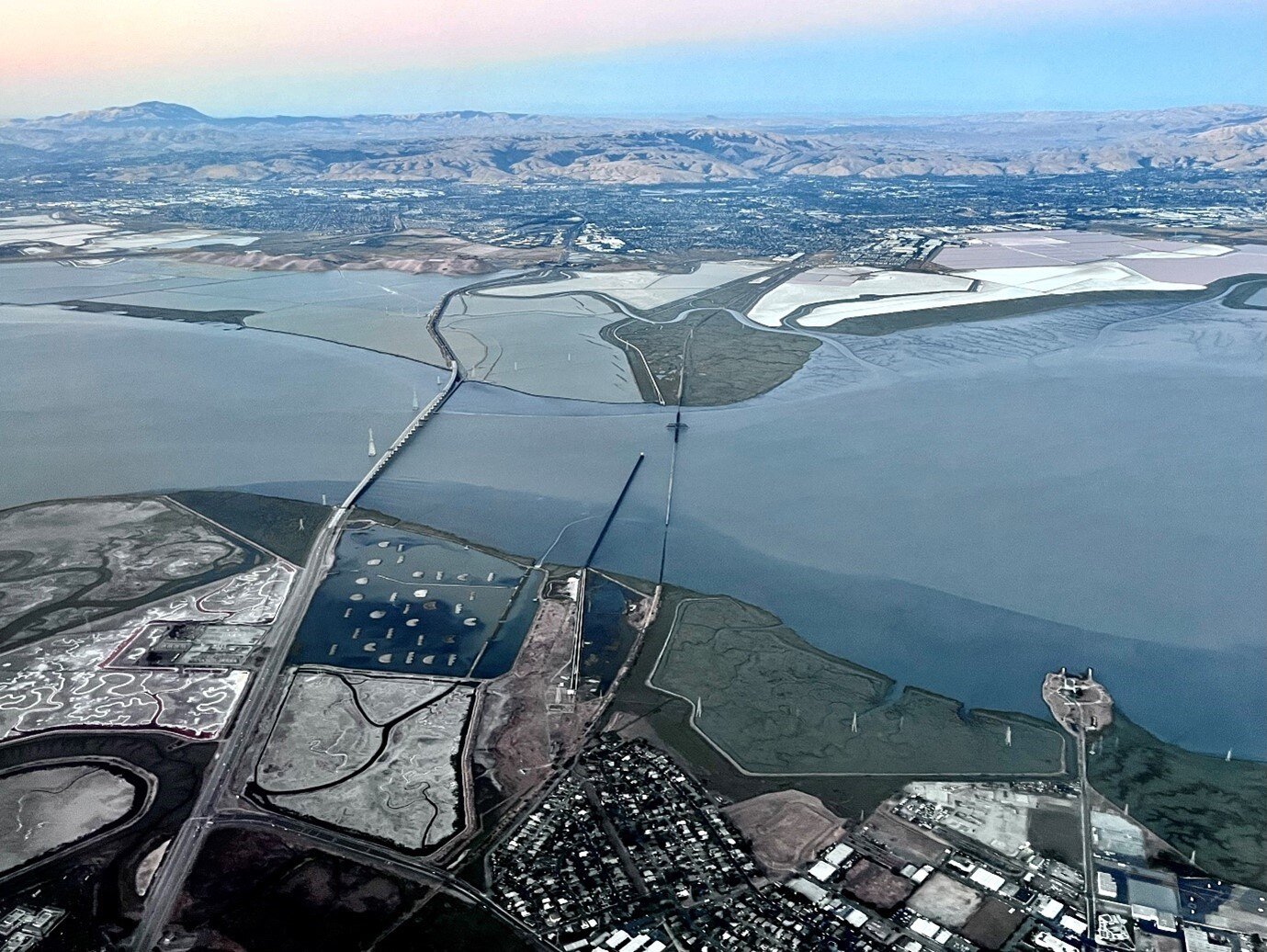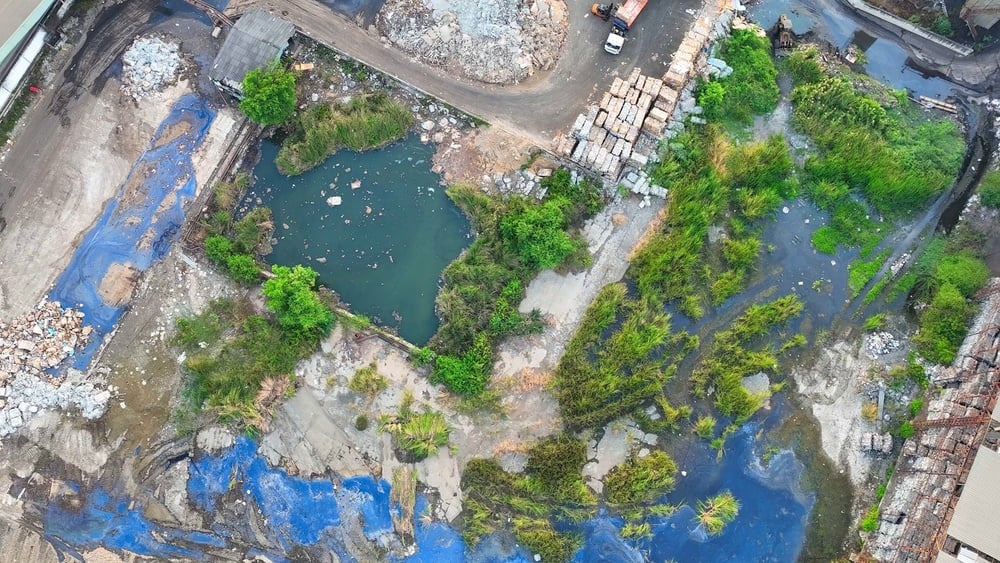If you’ve ever been greeted at the door of your facility with the smiling face of a regulatory inspector or received a letter informing you of an impending facility inspection, then you can relate to the uneasy, even overwhelming feeling of “Where do I start?”. In the following article, we’ll walk you through the preparation and inspection process, and ease your mind for your next inspection.
What triggers an inspection?
Numerous events, some under the control of the permittee and some not, can trigger a regulatory inspection at your facility, including:
- Statutory requirements, i.e., Title V Facilities (Twice per year) or petroleum underground storage tank sites (Once every 3 years)
- Permit renewals
- Complaints from neighbors
- Special Investigation Initiatives, i.e., response to major incidents
- Notice of Violations/Citations from another facility owner or managed by same owner/operator
How to Prepare for an Inspection
Pre-Inspection Preparation
- Identify key personnel that are familiar with the inspection topic
- Make sure you understand what records are publicly available and, thus, most likely in the possession of the inspector, and those records that are kept in house
- Make sure you understand the requirements of the inspection
- Generate an inspection checklist of permits and plans, including all attachments, to be reviewed
- Review the regulations governing the inspection
- Review site-walk procedures, including safety and production schedule concerns
Site-Walk Preparation
- Make sure all drums and smaller containers are properly labeled and lids are secure
- Make sure that all recent spills/leaks are cleaned up and documented in the appropriate manner
- Ensure all communication devices are in proper order and functioning
- Make sure walkways are cleared for foot traffic
- Ensure all emergency exits are free from obstruction
- Make sure all personnel are wearing the proper personal protective equipment
- Ensure all specific permit requirements are met
- Ensure all required paperwork is completed and kept in an orderly manner
Inspection Document Review Preparation
- Produce copies of the Permits in Effect (make sure the entire permit is available and not just the cover page or executive summary)
- Produce copies of all reports, including the lab data reports and drawings, if applicable
- Produce all copies of plans, including all attachments to the plan, especially those sheets designed to record changes to the plan. Also make sure all contact names and information are up-to-date.
- Produce copies of all SDSs for materials used on site. If proprietary materials are used on-site then produce a copy of the letter exempting the listing of the proprietary material from declaration.
- Produce copies of all inspection, training and other recordkeeping documents
- Produce copies of all corrective action documents (make sure to include all attachments. The attachments such as tables and figures often tell the story better that the text portion of the document)
- Other documents that may be needed are:
- Waste manifests (These documents may be numerous; it should be acceptable to provide an electronic copy of these documents. Waste manifests are often only spot checked and not reviewed one by one.)
- Waste characterization forms/lab reports
- Bills of lading for the transport of unmanifested materials
- Regulatory Agency Correspondence, including hardcopy letters, e-mails and voicemails. Also, make sure to include proof of document submittals.
- Purchase Records

Inspection Documentation for the Inspector
Following the inspection, the inspector will issue the permittee and Inspection Report and/or if there are minor violations the inspector may issue a list of shortcomings to be fixed by a certain date in the future or if the violations are significant a notice of violation (NOV) or a citation may be issued.
NOVs often outline steps to correct the violations and establish a date by which the violations must be addressed. It also often establishes a day in the future in which a follow up inspection will be performed. NOVs are recorded on online regulatory databases, such as U.S. Environmental Protection Agency’s Enforcement Compliance History Online and State-specific regulatory databases.
Citations are often accompanied by a monetary penalty and may or may not have a follow up inspection component.
In summary, a few key tips to follow to make the inspection process easier on everyone. Remember, if you make the inspector’s job easier, it would make it easier for him to give your facility a passing grade.
- Make sure that you make compliance an on-going priority. Trying to play catchup for the inspection is often evident to the inspector.
- Maintain your records in an orderly organized fashion.
- Keep records in a timely manner.
- Familiarize yourself with the environmental regulatory requirements of your facility’s operations. Make sure you are familiar with changes to those environmental regulatory requirements.
- Make it a goal to impress the inspector with your facility’s recordkeeping and general commitment to compliance.
If you have questions regarding the content of this post, please contact Richard Garlitz,P.E. at rgarlitz@bbjgroup.com.




